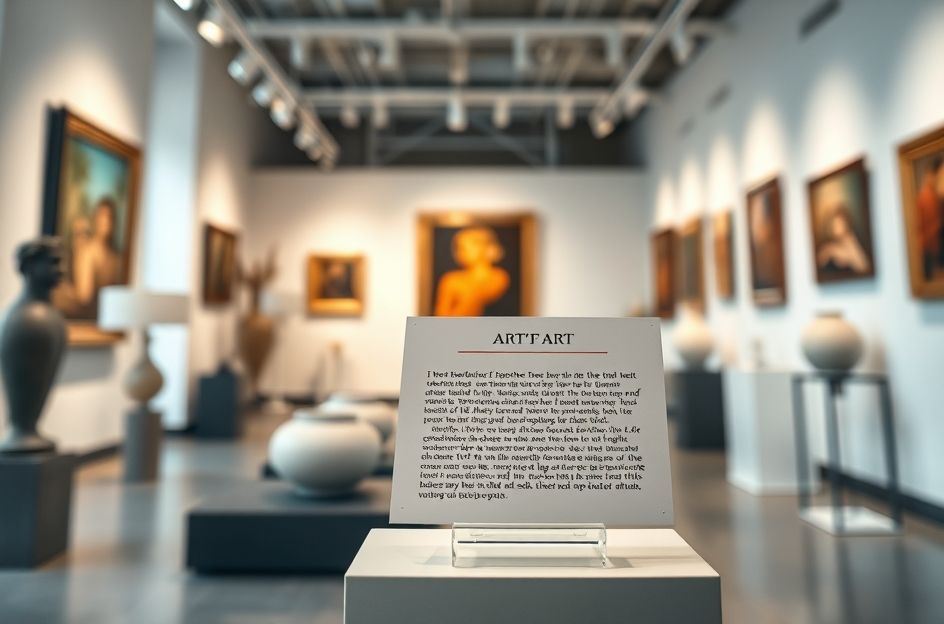Many factors, often overlooked, contribute significantly to the value of your artwork and its potential selling price. This isn’t about altering existing pieces to meet some perceived standard; instead, it focuses on enhancing perceived value without changing the art itself.
Sometimes, a simple addition like a cardboard mount can elevate a painting. The correct mount and frame combination can dramatically improve even a slightly underwhelming piece. Similarly, for sculptures or ceramics, a well-chosen stand and strategic lighting can transform their display. Beyond presentation, what else can you do to boost your artwork’s worth?
First, ensure your artwork is clearly and legibly signed. Surprisingly, many artists neglect this crucial step. A signed piece commands a higher price than an unsigned one. Whether you sign on the front, back, top, or bottom is irrelevant; the signature’s presence is what matters. Make your signature readable for future generations who might wonder if they possess a work by a renowned artist. The first question most people ask about a piece of art is, “Who created it?” An unsigned work suggests a lack of confidence in the piece, discouraging potential buyers.
Second, give your artwork a title. Some artists avoid titles, fearing they limit interpretation. If you feel this way, consider “Untitled.” Even a piece titled “Untitled” is more valuable than one lacking a title entirely. Without a title, potential buyers may wonder if it once had a title that has been lost, creating uncertainty and reducing the likelihood of purchase.
Furthermore, provide a short explanation or description of your artwork. The more information a buyer has, the more likely they are to make a purchase. Imagine two similar pieces: you know nothing about one but have considerable background on the other. Which would you choose? The piece with accompanying information is more appealing because it fosters a deeper connection, understanding, and appreciation for its history and creator.
This description can be about anything, but it’s helpful to share your inspiration or meaning. Avoid dictating what the artwork *should* mean to the viewer; allow them to form their own interpretations, even if they differ from yours.
Most buyers appreciate knowing your intentions or what motivated the piece’s creation. Share your thought process, what was happening in your life at the time, or something you saw or heard that inspired you. You might explain that the piece belongs to a particular series, such as your “blue period” or “impressionistic landscape period.” If you prefer not to reveal too much, describe the medium, techniques, and time involved in creating the piece. Any information is better than none, even if the buyer doesn’t fully grasp your concept. Knowing there was intention behind the work makes it more attractive.
